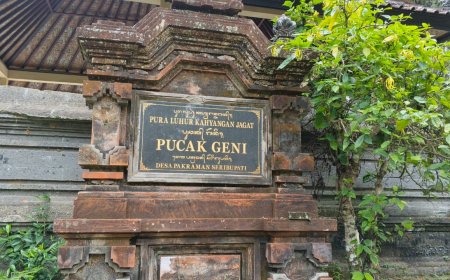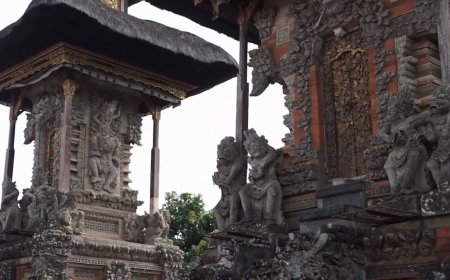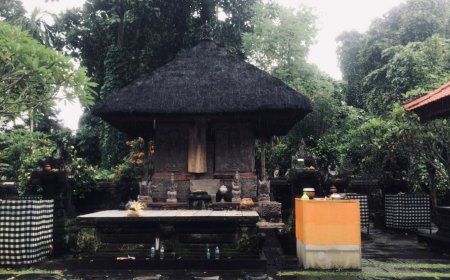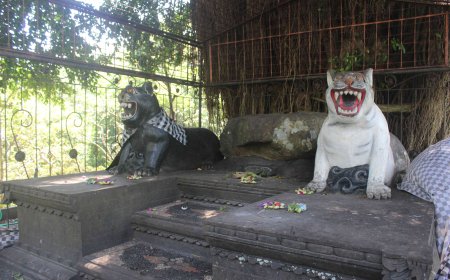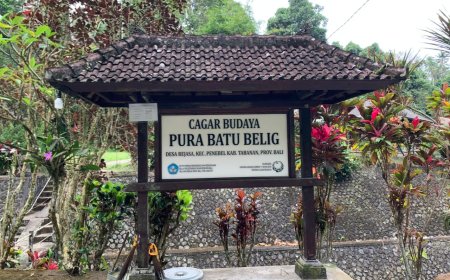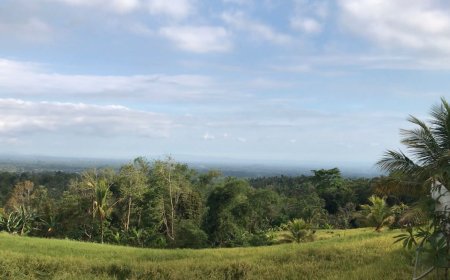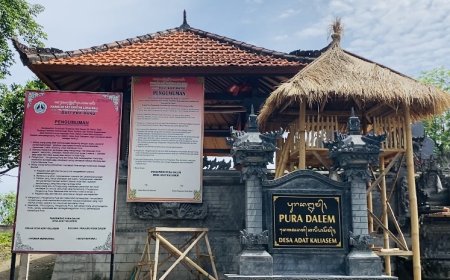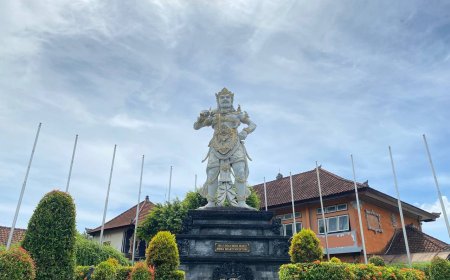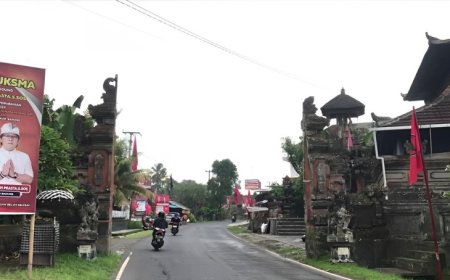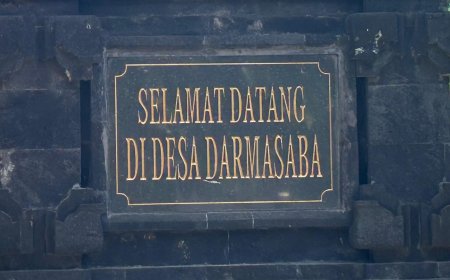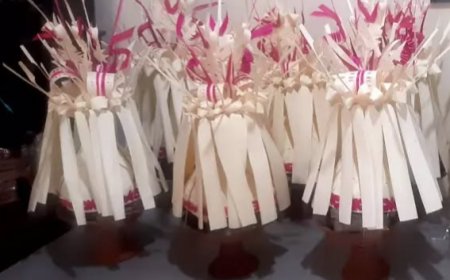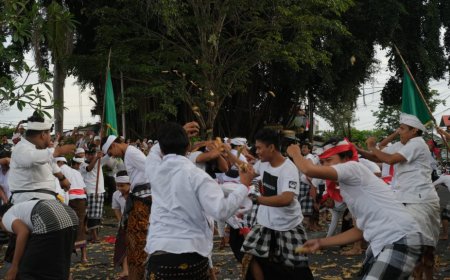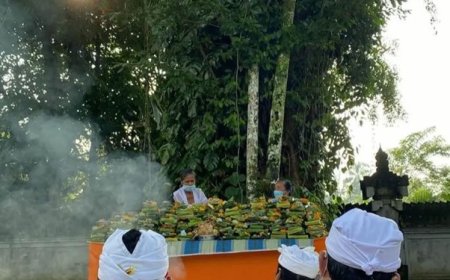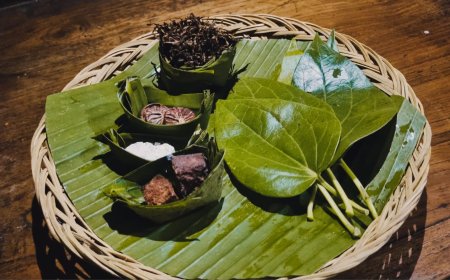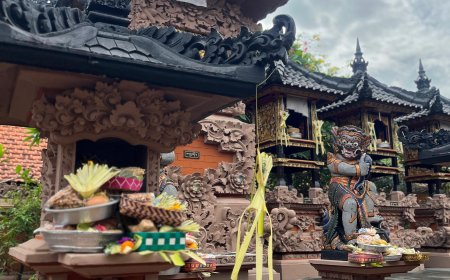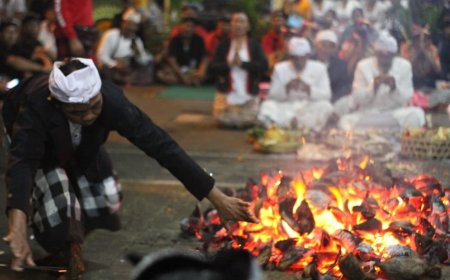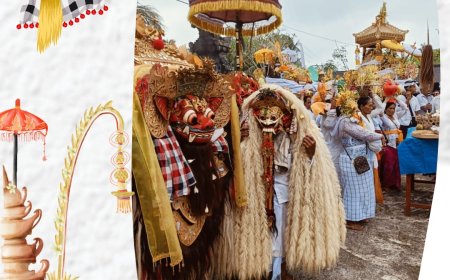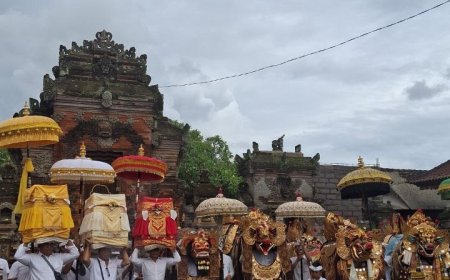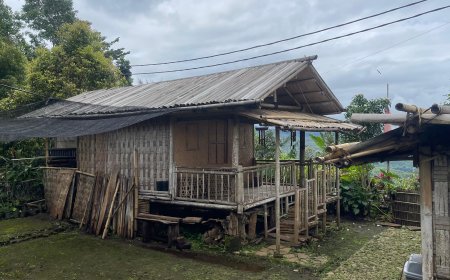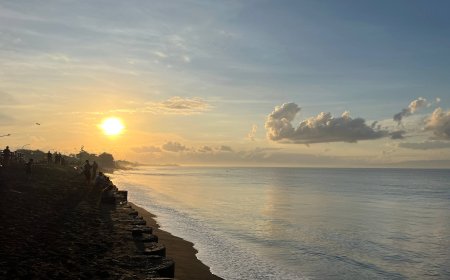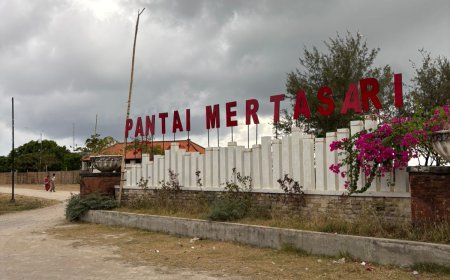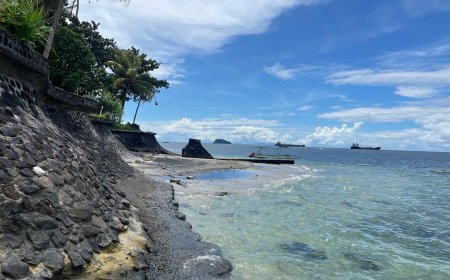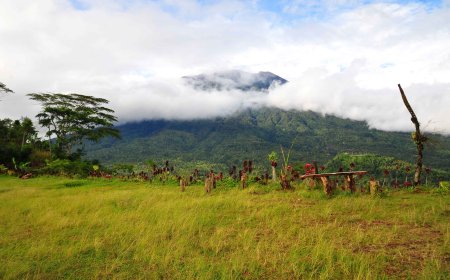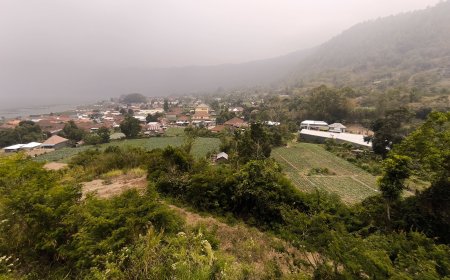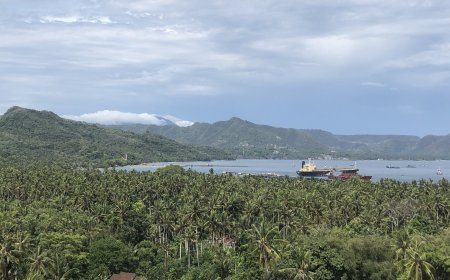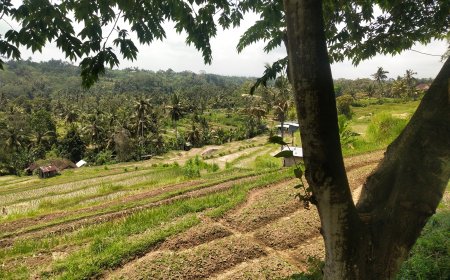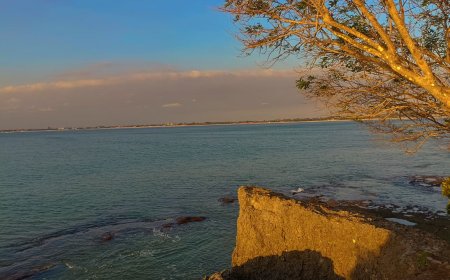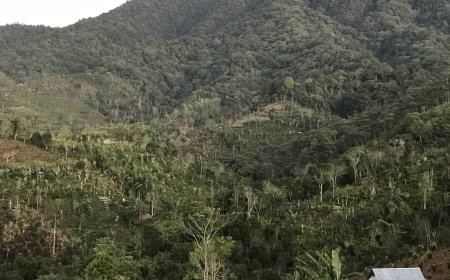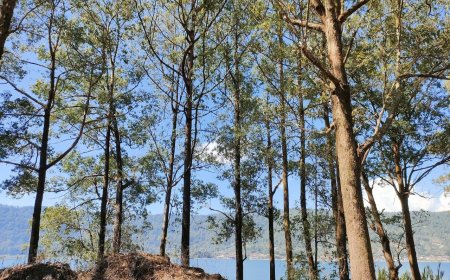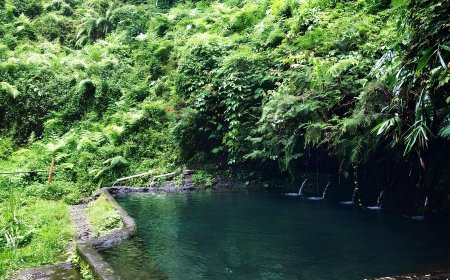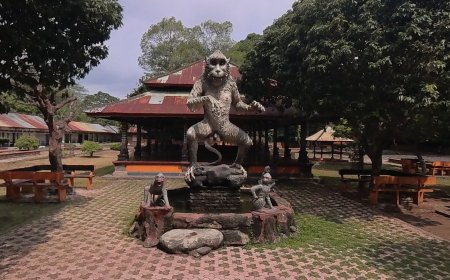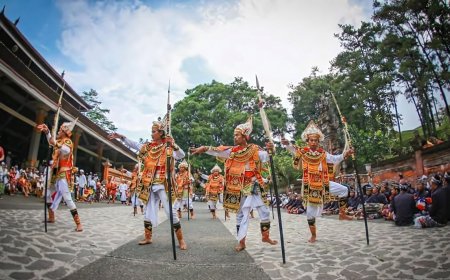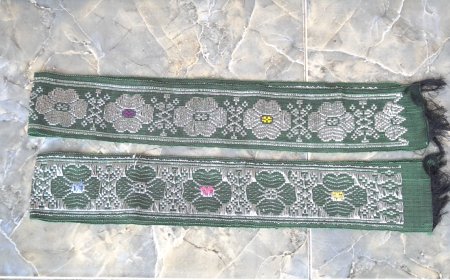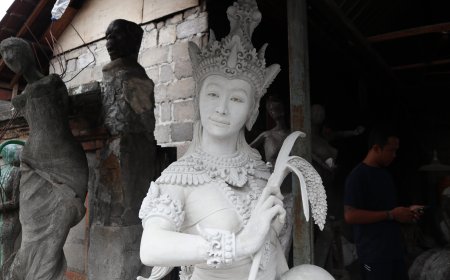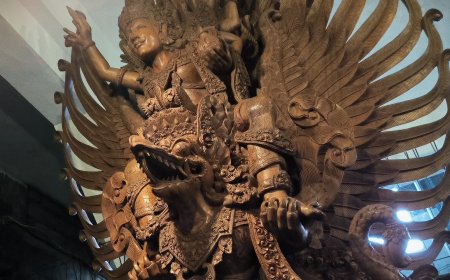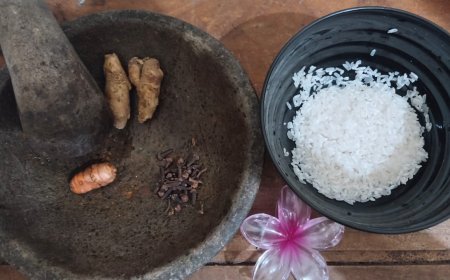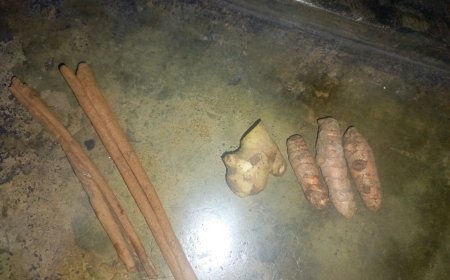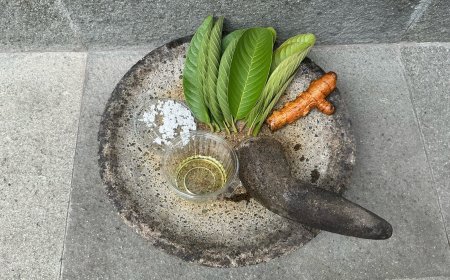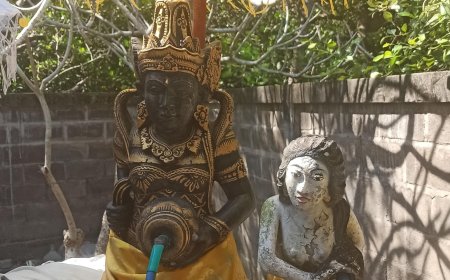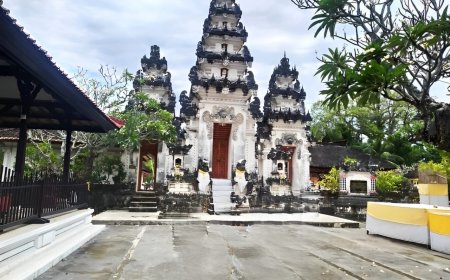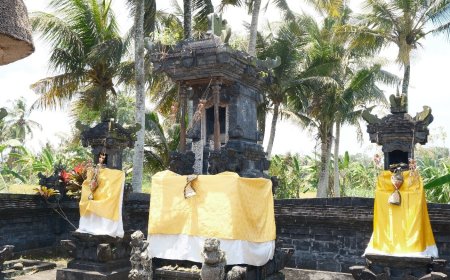Kereban Langit Temple: The Sacred Cave of Miracles with Healing and Fertility Blessing Water
Pura Kereban Langit in Sading Village, Mengwi District, Badung Regency, is a unique spiritual destination located inside a cave with a sky-like roof, rich in history, particularly the story of King Udayana seeking offspring. In addition to being a sacred place for seeking blessings, the temple is also known for its ability to heal non-medical ailments and has been designated as a cultural heritage site.
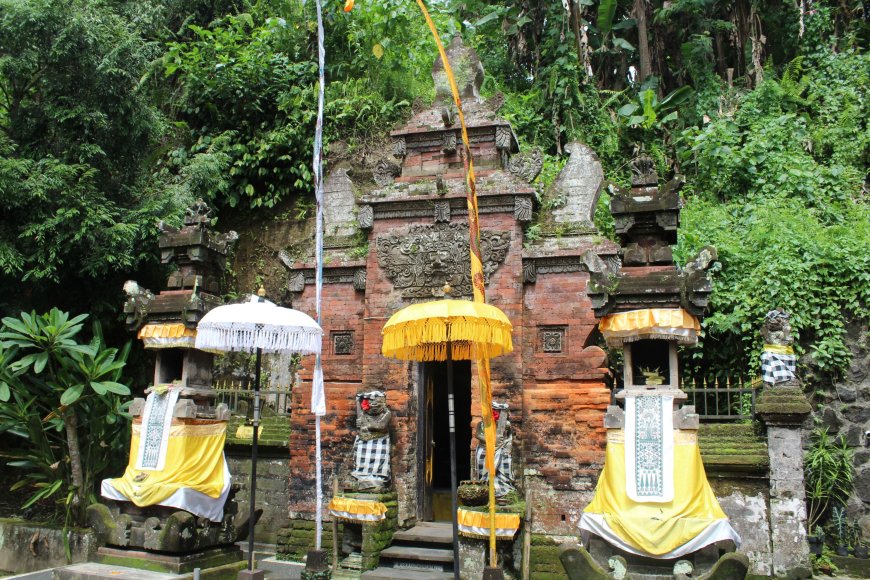
Kereban Langit Temple is a temple located in Desa Sading, Mengwi District, Badung Regency. It is a spiritual destination that offers not only natural beauty but also a profound historical narrative. With its unique location inside a cave with a sky-like roof and the belief in its mystical power, this temple has become one of the most important sacred sites in Bali. Not only does it serve as a silent witness to the spiritual journey of King Udayana, but Pura Kereban Langit also offers inner peace and hope for those who come to seek blessings, health, and offspring.
Kereban Langit Temple was discovered during the reign of King Udayana in 1923 M. At that time, the king and his queen had not been blessed with children for a long time, prompting them to pray for a solution. The king then received pawisik or divine guidance from Ida Bhatara at Mount Agung, directing him to search for Tirta Slaka in a cave. The king sent a Brahmana and his patih (minister) to find the mentioned cave. After a long journey, they eventually discovered a cave in the middle of the forest, now known as Kereban Langit Temple.
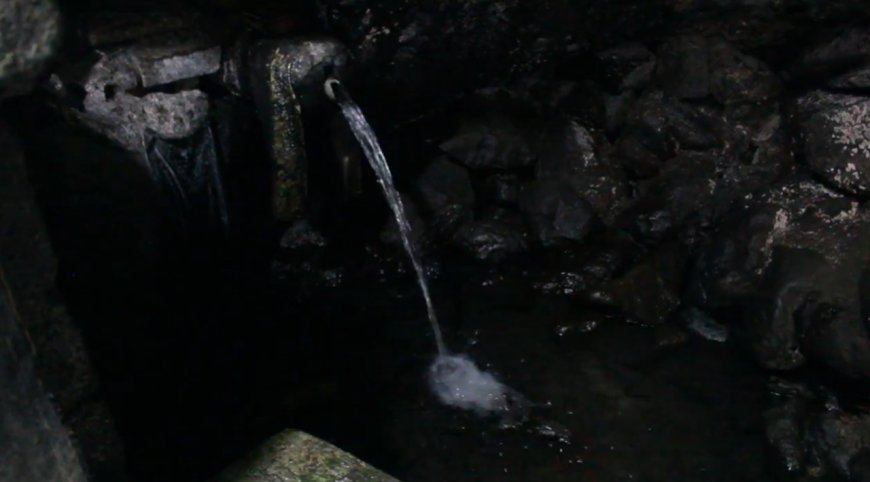
Pancoran Tirta Slaka (Source: Personal Collection)
The king entered the cave and met a hermit inside. Upon asking about the location of Tirta Slaka, it was revealed that the Tirta Slaka was located at a pancoran. The water was then retrieved and offered to the deities at Kereban Langit Temple before being presented to King Udayana. The queen consumed the Tirta Slaka, and a few months later, she became pregnant and gave birth to twins, named Sri Masula and Sri Masuli.
Since then, the cave and the spring have been preserved as sacred places, known as a site for seeking offspring. Especially after numerous stories attest to the success of devotees in receiving blessings for children. Furthermore, this temple is believed to cure various non-medical ailments such as dizziness, trembling, and illnesses caused by spiritual disturbances. Many devotees, having experienced spiritual benefits from the temple, tedung or wastra as a token of gratitude.
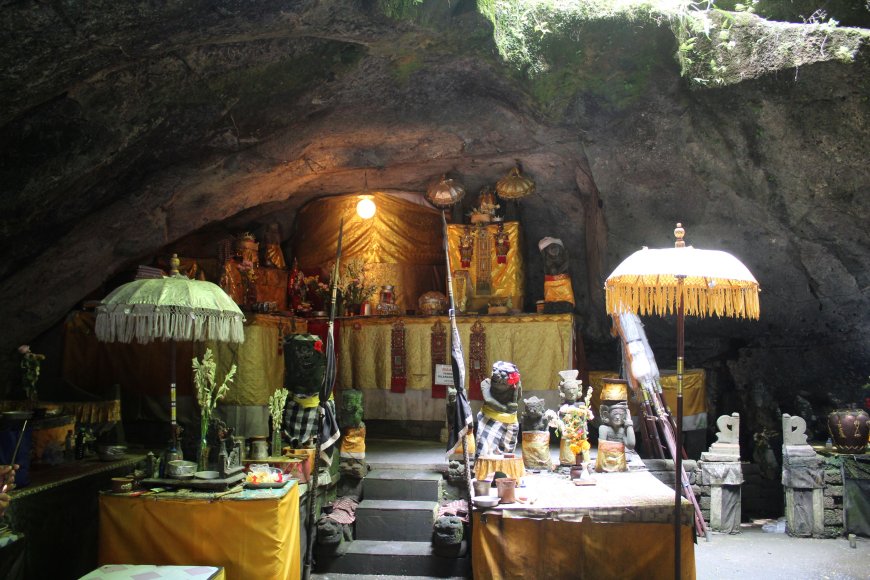
Temple Inside the Cave (Source: Personal Collection)
Initially, this site was just an overgrown area, but over time it developed into the temple seen today. The temple was handed over to the Mengwi Kingdom and managed by Puri Sading, which then entrusted its administration to four families of servants (parekan). Within the temple, there are nine dwarapala statues, ten ancestral embodiment statues, one fountain statue, and one gate. The deities who reside in Pura Kereban Langit include Ratu Gede Nyeneng, Ratu Made, Ratu Ayu, Ratu Niang, Bula Dewi, Dewi Kwam In, and Kanjeng Ratu Segara Batu Bolong. Inside the cave flows a continuous spring.
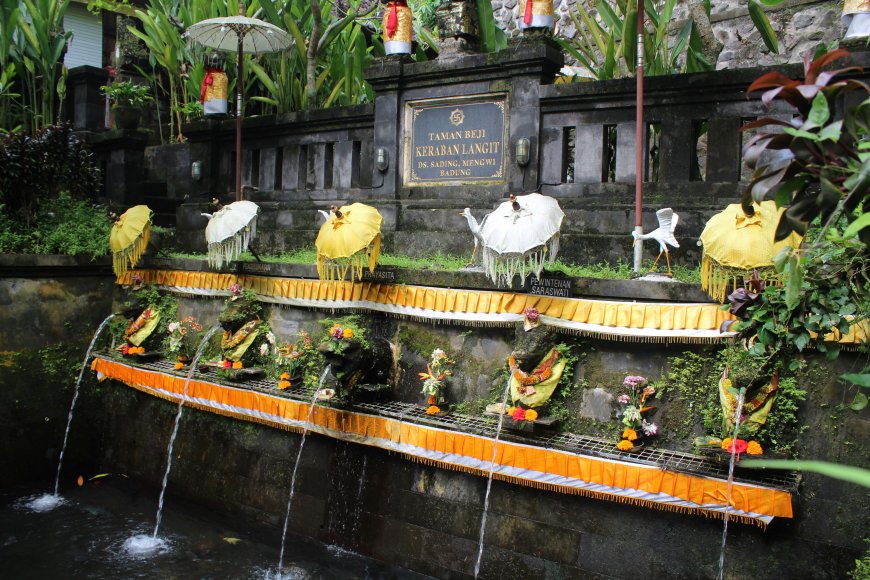
Taman Beji Water Spouts (Source: Personal Collection)
Before performing nunas tirta or nunas tamba, devotees are required to carry out a melukat (spiritual cleansing) ritual at Taman Beji, located not far from the temple. Melukat at Taman Beji involves five water spouts, each with its significance:
1. Pengleburan: Dissolving negative elements
2. Pengelukatan: Cleansing negative influences
3. Prayasita: Self-purification
4. Pewintenan Sari: Spiritual cleansing
5. Kemakmuran: Ensuring prosperity after purification
The piodalan ceremony at Kereban Langit Temple is held every Buda Cemeng Ukir. The temple also has a spiritual connection with Mount Agung, with the cave’s corridor believed to be mystically linked to the mountain. To this day, Kereban Langit Temple remains a sacred site frequently visited by those seeking guidance, blessings, and inner peace.
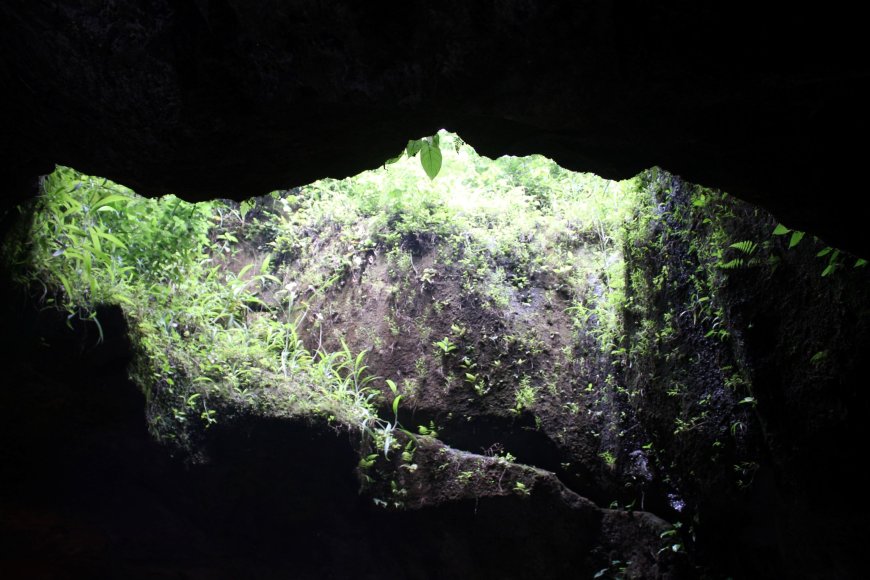
Cave Opening (Source: Personal Collection)
The uniqueness of this temple lies in its location within a cave with a large opening above that resembles the shape of Bali Island, making the cave roof appear like the sky. This feature inspired the name Kereban Langit Temple. Now, the temple has been designated as a cultural heritage site and historical monument.
